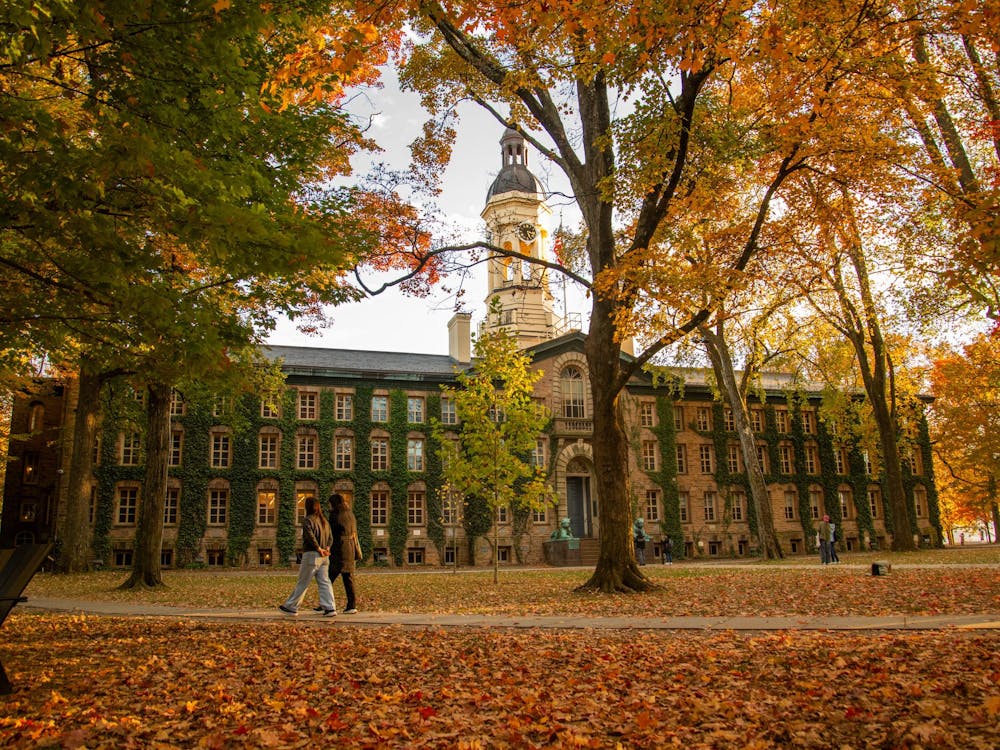Last week's "Planning in Progress" presentation highlighted several examples of Princeton's commitment to an environmentally friendly campus, including a plan to plant grass on the roof of the soon-to-be constructed Butler dorms. Nevertheless, Princeton continues to lag behind its peers in its adoption of "eco-friendly" building practices. As highlighted in Nov. 7's Daily Princetonian, it is unclear whether the University has conformed to Leadership in Energy and Environmental Design (LEED) standards during its period of rapid campus expansion and construction.
To change direction, we must first shift the context of the discussion. As the Priorities Committee's recent report to President Tilghman stated, "sustainability" is as much a budgetary concept as an environmental principle. At Princeton, as elsewhere, economics, not just political correctness and abstract principles, provides a strong reason for a move toward "green" construction.
Meeting LEED certification standards is not simply about vying for recognition among Ivy League schools. It is a responsible investment. According to the Priorities Committee's most recent report, energy costs were a major factor in the budgetary imbalance of $6 million in 2005-06. For the past several years, the Priorities Committee anticipated a moderate fall in natural gas prices. The current cost is twice what was projected, however, and this has led to the consensus that "financial pressure in the current operating budget" has resulted from steeply increasing energy costs in recent years.
Why is this a problem for the campus community? Such costs can only be "charged against reserve funds" to balance the budget for so long. Ultimately, the undergraduates occupying the University's energy-inefficient and uncertified buildings will be the ones who bear the brunt of the cost: Tuition fees have risen 4.9 percent within the past year alone. During a 2004 meeting of the Council of the Princeton University Community, Tilghman explicitly acknowledged the correlation between increasing energy costs and the rising cost of tuition. President Tilghman was also quoted as saying that all capital projects are now built to minimize energy needs.
This is where LEED certification comes in. A recent study cited by the Natural Resource Defense Council's (NRDC) confirms that the expense of constructing a sustainable building in accordance with LEED standards "tends to match or only slightly exceed those of comparable non-green buildings." Furthermore, additional costs may at least partially be offset by money saved through increased energy efficiency.
While the University may have to shell out a little extra money to become officially certified, the certification process itself will guarantee that the architects designing campus buildings take sustainability seriously.







